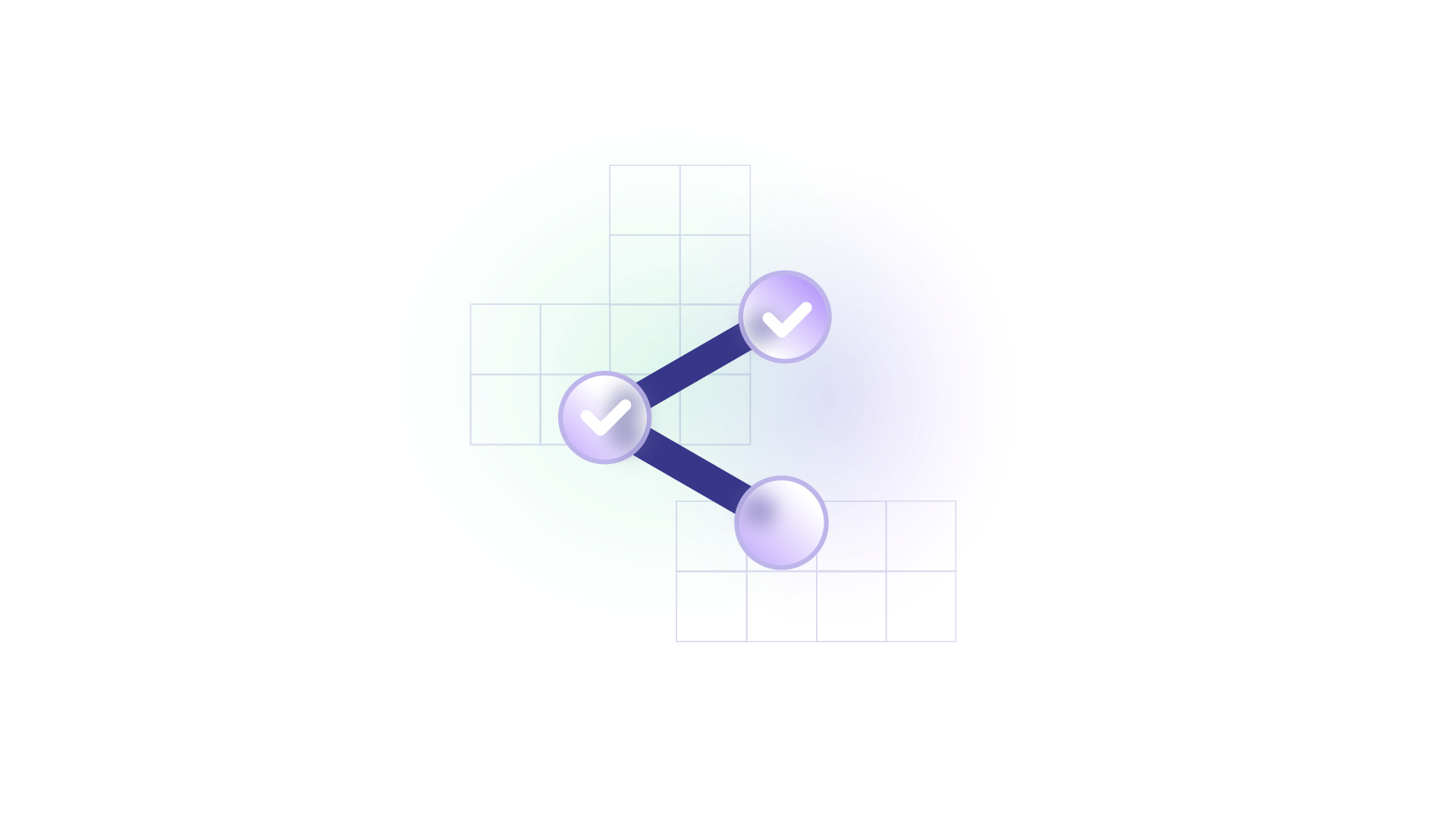Integration Security and Safety When Connecting With External Systems
Integration security is all about safeguarding your data in connected systems. In this article, we'll explore various best practices to ensure your integration is secure.
Join the DZone community and get the full member experience.
Join For FreeAny organization with interconnected systems must prioritize integration security in order to safeguard sensitive business and customer information.
But with so many options for securing integrations, picking the right combination of features and protocols could make or break your security.
In this blog post, I’ll explore the best practices to protect your data in the interconnected landscape.
So join me on this journey to ensure your data remains safe and secure throughout its integration adventure.
What Does Integration Security Mean?
Integration security is a concept that describes measures and protocols for securing the transmission and processing of data between different platforms, companies, or teams.
The main goals for integration security include:
- Protecting the confidentiality of sensitive business data like customer information, financial records, or intellectual property,
- Using proper authentication mechanisms to restrict access only to authorized parties on all sides of the integration,
- Ensuring that the data remains unchanged and accurate in transit, during the exchange, or at rest,
- Keeping the data readily available for access in storage and backup servers when needed.
What Are the Business Impacts of Insecure Integrations?
An insecure integration paints a massive bullseye on your systems, attracting cybercriminals and unauthorized users to gain access to sensitive data.
This could lead to severe financial losses, reputational damage, lawsuits, data manipulation, service disruptions, data corruption, or even data theft.
One famous example of the negative impacts of integration security is SolarWinds, a system monitoring software provider.

In 2020, a breach of the SolarWinds application Orion crippled a lot of customers and enterprises using the product.
Companies impacted by the hack include Microsoft, FirstEye, and a myriad of US government agencies. In total, 14% of the Fortune 1000 were affected by the breach, as well as millions of customers worldwide.
So, if hackers could get past the security of a multinational company like SolarWinds, I’d imagine they’d sashay all over your ‘unsecured’ integration system.
What Are the Common Integration Security Challenges?
The main challenges to integration security include:
- Data mapping: Getting the mapping right is a common challenge. It even gets more difficult if you need to write a script to connect specific endpoints or nodes. So, you need a person with a deep understanding of the system to map the right object, field, entity, or system node.
- Transformation: You also need to ensure that the source data matches the destination. With disparate systems, you need an integration that does the conversion internally, error-free.
- Legacy applications: Handling technology differences between legacy applications and modern ones requires thoughtful planning and implementation. At the same time, this increases the amount of work needed to modernize the legacy system to meet modern standards.
- Vulnerabilities: Tracking and fixing vulnerabilities takes a lot of time. You need to work on security patches to plug potential loopholes across integrated systems. Also, you must ensure the integration APIs are protected against attacks like API injections or token-based vulnerabilities.
Many of the above challenges we discussed exist for integrations across departments, companies, teams, and applications.
How MSPs (MSSPs) Can Address Integration Security Challenges
Intra-company integrations must follow internally approved security protocols interwoven with the company’s culture.
But the security threats, challenges, and potential risks that exist when you connect with applications across company borders are exponential.
For instance, when connecting with a third-party vendor or MSP (MSSP), their lax security practices might make you a prime target for a SolarWinds-like attack mentioned earlier.
So, when integrating in an MSP environment, you need to filter out internal and external information. This involves documenting the data you should share and what you should keep private.
You also need to assess the security practices of the companies you want to integrate with. This starts from their approach to compliance or regulatory requirements down to the authentication protocols and roles.
On a personnel level, you need to evaluate how the admin on the other end of the connection addresses security as well as their response mechanisms to unusual activity.
What Are Some Recommended Practices for Securing Integrations?
You can enhance the security of integrations by following a few best practices:
- Employ role-based access control (RBAC) to ensure only authorized users can enter the integrated systems.
- Use MFA (Multi-Factor Authentication), OAuth tokens, API keys, and JWT (or JSON Web tokens) for secure API access and authorization.
- Use secure protocols like HTTPS (TLS/ SSL) to keep information encrypted while in transit.
- Authenticate and authorize API calls so the right users can gain access to the APIs.
- Use monitoring tools to track API calls, user interactions, etc. Log management tools will also help you keep track of potentially suspicious activities and respond promptly.
- Conduct security audits and penetration testing to identify potential vulnerabilities.
- Limit the data exposed to only what is necessary for the operation. Less is better. You can always use data anonymization or pseudonymization techniques to protect sensitive information.
- Grant the minimum required privileges to users in order to limit their access to only information not within their purview.
- Establish error handling mechanisms to make troubleshooting easier without exposing data in error messages.
- Encrypt the data during storage and transit by converting plain text into ciphertext using secret encryption keys.
- Conduct regular security awareness training to educate users, admins, and other stakeholders about integration security best practices. Encourage them to report any suspicious activities or potential security threats.
![check marks]()
What Security Features Should You Consider When Choosing an Integration Solution?
Here are some key factors to consider when selecting a secure integration solution:
- Standard security mechanisms, including authentication and access control, encryption, and vulnerability management mechanisms.
- Decentralized integrations to grant you independent and granular control over your end of the integration. This protects the confidentiality of shared information with external companies without having the burden of communicating every change to them.
- Robust systems that can withstand downtimes and system failures without completely disrupting services.
- A user-friendly interface to make it easy for technical and non-technical users to integrate with your existing systems and applications.
- Scalability solutions that can handle the required size and workload of your integration environment without compromising performance or introducing bottlenecks.
- Reputable vendors with track records of routine maintenance, fast and effective support, and airtight security.
- Budget-friendly solutions with affordable prices for ownership, licensing, maintenance, and positive business impact.
What Is the Future of Integration Security?
Integration security is evolving to meet the growing challenges of safeguarding data and ensuring seamless information transfer and migration.
The first thing that comes to mind is artificial intelligence.
Going forward, organizations will use AI-powered threat detection systems to monitor data flows, patterns, and anomalies in real-time.

These systems can use machine learning algorithms to detect potential security breaches, unauthorized access, and suspicious activities, enabling swift responses to mitigate risks.
Another critical consideration in integration security is Zero Trust Architecture (ZTA).
ZTA is a concept that functions under the assumption that no entity, whether inside or outside the network, can be trusted inherently.
It enforces strict access controls, multi-factor authentication, etc., thereby significantly reducing the attack surface and enhancing overall security.
I also need to point you toward containerization, which involves the use of container technologies like Docker and Kubernetes for deploying and managing applications.
Containerization will simplify container isolation, vulnerability scanning, and runtime protection.
Conclusion
Integration security is your shield that will help you fortify the bridges between various systems and ensure your data remains safe and secure.
Opinions expressed by DZone contributors are their own.


Comments